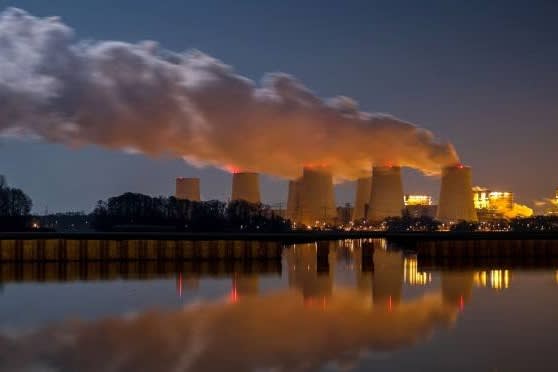Wildfires surge during searing Mediterranean heat
Climate change updates
Sign up to myFT Daily Digest to be the first to know about Climate change news.

Where there’s heat, there’s fire. As Europe recorded its second warmest July this year, the continent has experienced a particularly severe fire season. As far back as January, the EU’s crisis commissioner Janez Lenarcic warned the warmer months would result in fires “above the 10-dozen-year average when it comes to the number of fires and areas burnt”.
Wildfires have indeed been more frequent this year across Europe — and the season started earlier too.
The number of fires recorded in the EU were well above normal levels by March. By the beginning of August, the European Forest Fire Information System had registered more than 1,100 fires, or over 300 more than the recent annual average total.

Much of the activity this summer has been in the Mediterranean, with devastating fires in Turkey, Italy and Greece. At the eastern edge of the region, Lebanon’s emergency services have been fighting major fires in the north of the country.
Wildfires are not unknown in the Mediterranean at this time of year, but the intensity of this year’s events has been remarkable.
In the past week, wildfires in Turkey have generated record levels of heat. On July 29, the country’s daily fire radiative power — a measure of heat output — peaked at 18.6 gigawatts.
By comparison, the highest average of any July day in Turkey between 2003 and 2020 was 1.2 gigawatts.

As well as volume, there have been changes in the geographical patterns of wildfires this year.
Italy has recorded more than double its annual average of area burnt, yet some countries — notably Portugal — have suffered less damage than usual.

With fires still burning, the full extent of the patterns and the links between extreme weather and climate change are under intense and ongoing scrutiny from scientists around the world.
A new study published this week joined recent examinations of the shifts in the powerful Atlantic Ocean current to which the Gulfstream system belongs. Climate change may be slowing this current, which carries warm water to Europe, more dramatically than previously expected, according to the study by Niklas Boers from the Potsdam Institute for Climate Impact Research. This would affect weather patterns globally, such as the more frequent heatwaves in southern Europe.
Climate Capital

Where climate change meets business, markets and politics. Explore the FT’s coverage here.
Are you curious about the FT’s environmental sustainability commitments? Find out more about our science-based targets here